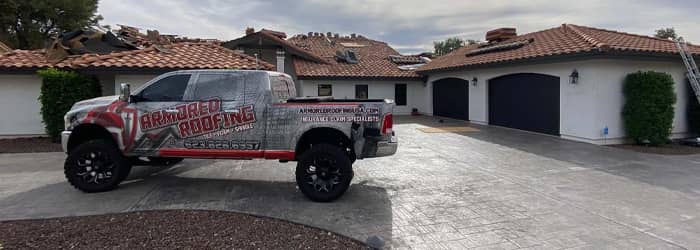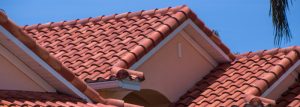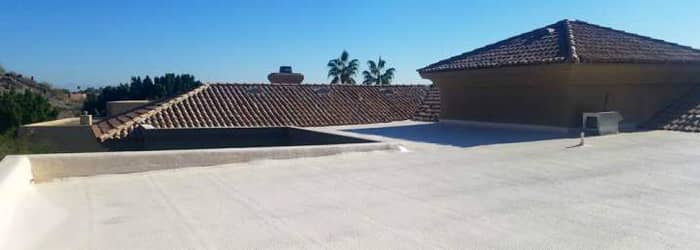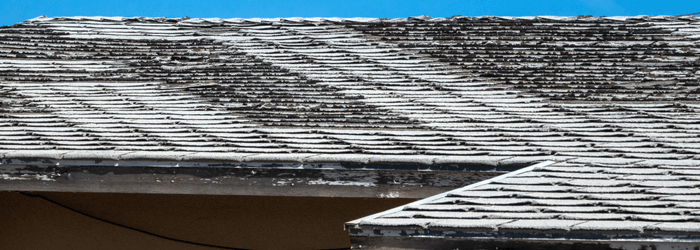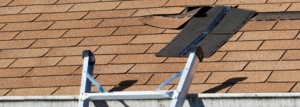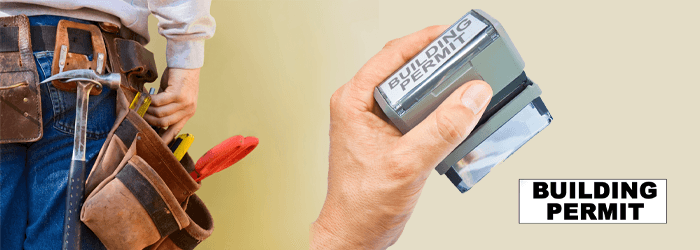How To Care For Your Roof
When we talk about roofing, we usually talk about when to replace a roof or repair major damage. What we don’t talk enough about is how to take care of your roof. We are going to change that starting now!
We asked Rosie on the House Certified Partner Alonso Popejoy of Armored Roofing to help us out.
These expert roofing tips should not cost a lot of time or money and will likely extend the life of your roof.
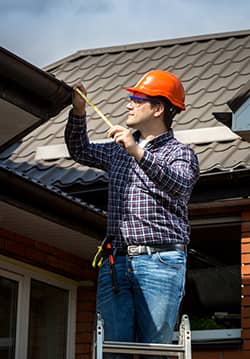
Roof Inspections
When did you last hire a roofing professional to inspect your roof? Most people don’t do that until something has gone wrong. Here are some of Alonso’s recommendations:
- In general, inspect your roof every year. It is not very costly and can potentially save you quite a bit in avoided repairs and/or premature replacement.
- Inspect your roof after high windstorms. Shingle and tile roofs can be particularly susceptible to damage from extreme winds. Shingles or tiles can blow off or be damaged by flying debris. Either way, catch this early before the damage becomes worse.
- Inspect your roof after hail storms. Mighty hailstorms have been known to frequent our state. They can cause a lot of damage to all types of roofing, even metal roofs, which are known for their sturdiness. If your neighborhood falls victim to such a storm, call a professional to see if there is damage. If there is, ask the roofing professional if their company can help you file an insurance claim. Alonso tells us that can save you from some real headaches.
Preventative Roof Maintenance
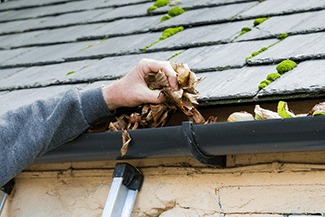
Because the roof is a part of our home that we rarely see, it can fall into the out-of-sight, out-of-mind category when it comes to maintenance. Here are some ways you can act on your roof’s behalf:
- Trim the trees. Keep the trees surrounding your home trimmed so branches cannot touch the roof, particularly on a windy day. Branches can wear out shingles and knock tiles loose.
- Keep debris from hindering the normal drainage of water off the roof. Debris can clog the roof’s valleys and create standing water or send the water, particularly on a tile roof, to an undesirable location.
- Roof penetrations. If there is a pipe, chimney, flue, or even an old antenna or satellite dish that is no longer in use, remove it and patch the hole. If you don’t, the sealant around the unused penetrations will eventually give way and likely cause a leak.
- Replace missing or damaged tiles before the leak starts. You are asking for costly trouble if you don’t.
- Keep the gutters clean. When gutters clog, water can back up under the roofing material, causing damage to the subsurface and leaking through an overhang.
Common Roof Repairs
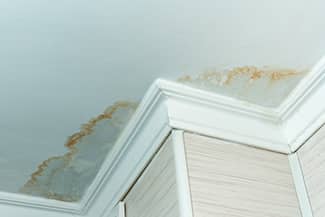
Well, we hope you don’t wait until the roof damage shows up inside your home by way of a leak. Leaks are the most common roof repair. When they show up inside your house, collateral damage likely occurred. Insulation, drywall damage, painted surfaces, or any interior finish that can be damaged by water adds to the roof repair cost. Common causes of leaks (and thus repairs) include:
- A roofing tile or shingle is missing, thus allowing water to penetrate the protective surface.
- Aging underlayment. Alonso says the old style of roofing underlayment is not as sturdy as the materials used today. If your roof and its underlayment are over 15 to 20 years old, you should have it looked at. This, of course, is primarily directed at concrete tile roofs where the underlayment is more visible. Visible underlayment on a shingle or flat roof indicates it needs to be repaired.
- Roof penetrations are a common location for a leak to occur. As we mentioned, the sealant around roof penetrations can become brittle and crack due to the movement caused by expansion and contraction. Even the rubber-like membrane of a simple roof jack can become brittle and crack. Water gets in, and damage occurs. Bummer. Big bummer.
- Roof-mounted HVAC equipment is another common source of roof leaks.
The old adage, “an ounce of prevention is worth a pound of cure,” was probably coined by a roofer. (Just kidding, we don’t know where that originated.)
Selecting A New Roof
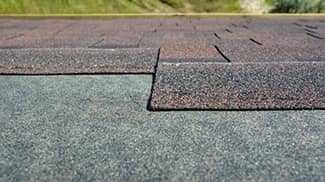
There are many choices for roofing materials, though not all of them will fit your home. Here are some things to consider when making a material choice:
- Structural concerns. If you currently have a shingle roof, you may be able to re-roof it with a second layer. If you have two layers on your roof now, adding a third is not a good idea, as your roof structure, either conventional framed or trusses, may not be structurally capable of handling the extra weight. The same issue applies when using concrete tiles to replace a shingle roof. Alonso recommends consulting a structural engineer.
- Shingles have changed over the years. The old three-tab shingles are no longer in play and have been replaced by “architectural” or “sculpted” shingle designs. Their designations are typically known by their warranty period, which is 25-years, 30-years, and even 50-years for roofing shingles.
- Tile roofs are as good as their underlayment. Alonso tells us that two layers of a 40-year underlayment are usually the better way to proceed. The battens used to support the tiles also make a difference. Using battens that allow water to pass under or around them avoids standing water accumulating and potentially damaging the underlayment.
Alonso also gave us some advice regarding solar panels:
If you’re considering installing solar panels, you must inspect the roof first. If your roof is 10 years old or older, you may want to consider a new roof before installing the panels. The last thing you want to do is install solar panels and then pay thousands of dollars more to remove them in a few years to install a new roof.
Great advice Alonso, Thanks!
###
CONTENT PARTNER | Armored Roofing
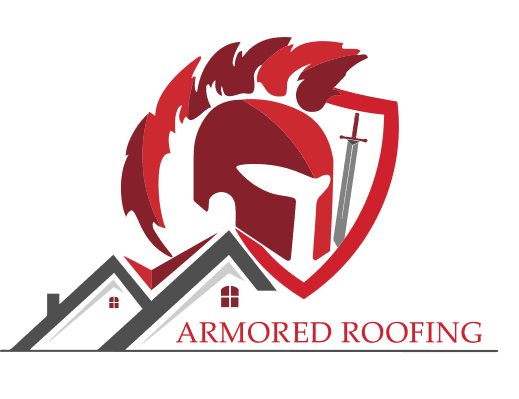
At Armored Roofing we believe in doing the right thing, the right way, every time. We understand that our clients have options when it comes to choosing a roofing company and understand why price is important. For us, it is important for our potential clients to understand that when it comes to your roof, you will always find someone willing to cut corners to offer a lower estimate, or inflate prices to make more profit. We pride ourselves knowing that Armored Roofing does neither which gives our clients the satisfaction they are looking for, every time, guaranteed.
PODCAST
Get your roof ready for monsoon season or stormy weather year round. Alonso Popejoy of Armored Roofing discusses what maintenance the homeowner can do to extend your roof life no matter what type of roof. From missing tiles to penetration spots around vents, inspections are the key to catching small issues before they become large problems.
Podcast Archive With Expanded Content and Resources
PHOTO CREDIT
- Armored Roofing
- iStock

